The ever-changing world of technology has made it so that we have to come up with unique ways to protect our information. Many people know the pain of having your data skimmed, but a cybersecurity company based out of San Francisco has come up with a unique way to protect your information from hackers.
Everyone Needs to be Safe on the Internet
Cybersecurity is a topic that is commonly discussed these days. New credit card scams and identity theft rackets are revealed every day, and it seems that it’s impossible to get ahead of the hackers. This is where paid cybersecurity companies come in.
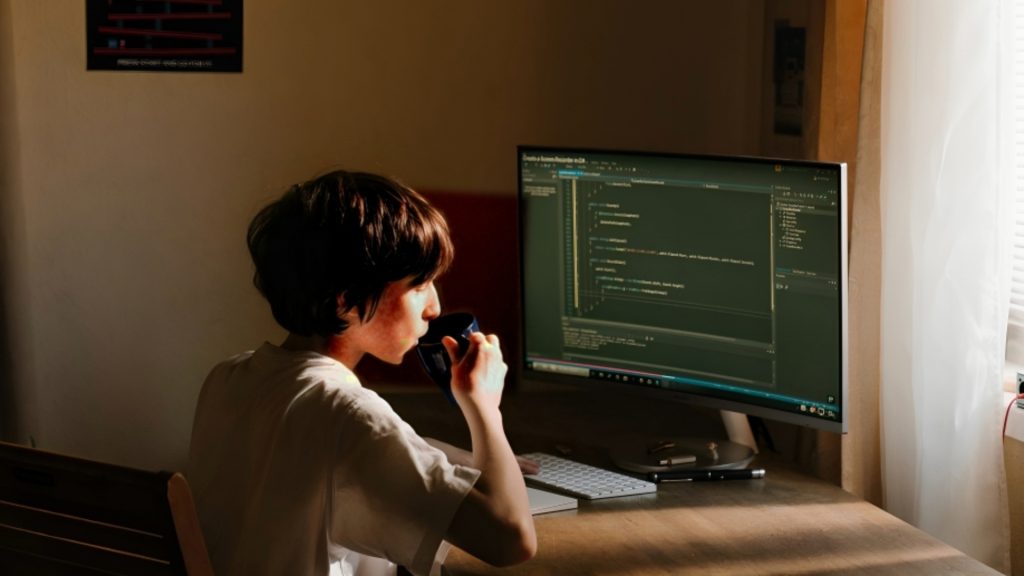
Cybersecurity companies do exactly what it says on the label. They use different technology and hardware strategies to protect your information on the internet. A lot of big companies that deal in massive amounts of web information invest in cybersecurity, allowing for companies like Cloudflare to become a reality.
Cloudflare is an Important, Well-Respected Company
Cloudflare is a cybersecurity company based out of San Francisco. It was founded in 2009 by Matthew Prince, Michelle Zatlyn, and Lee Holloway, and its services range far beyond basic cybersecurity. The company also provides content delivery network services, domain registration services, and DDoS mitigation services.
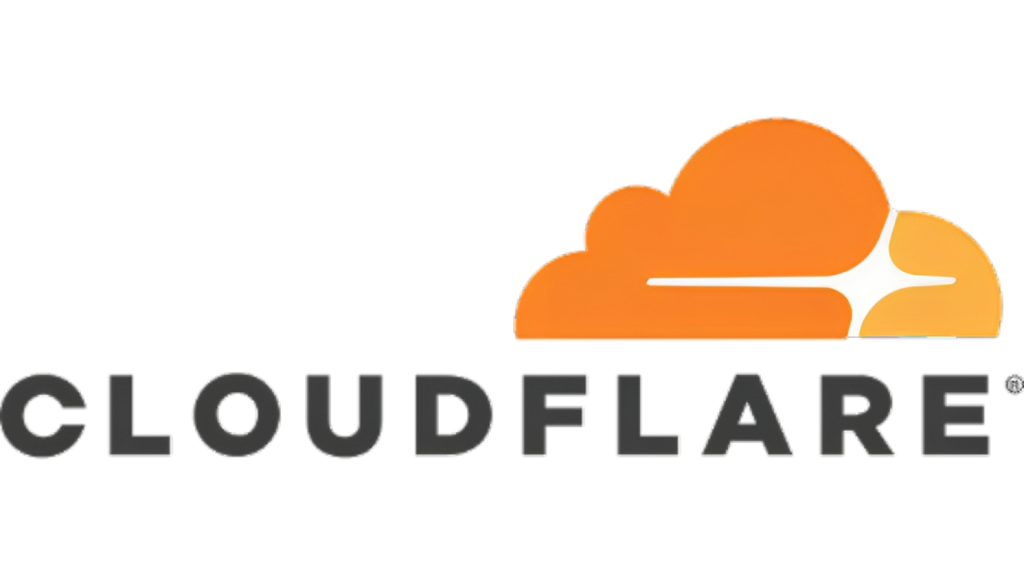
Cloudflare is one of the biggest names in cybersecurity for the modern internet. It covers about 10 percent of international web traffic, including traffics for sites such as Uber, OkCupid, and Fitbit. Most people have used a website whose security is covered by Cloudflare, making the revelation about their security methods even more interesting.
Hacking is a Nuanced Science
For those who don’t know or can’t quite understand technical jargon, the way that hacking works is like this: individuals use computer systems to sneak into programs through weaknesses in the software. Once they have found weaknesses in the code that allows them into the program, they can make changes to the base software from there that can steal information.
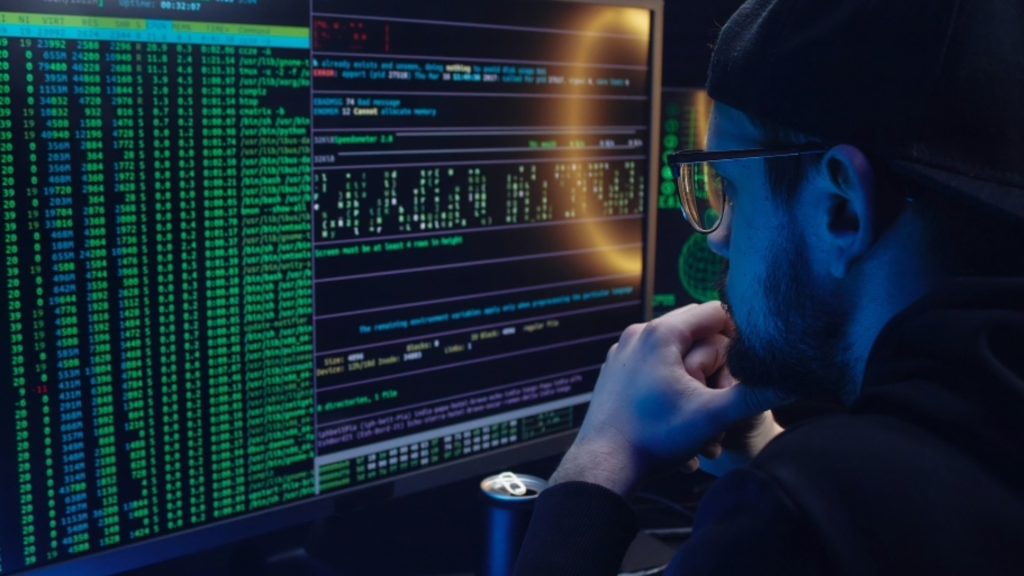
The act of hacking necessitates understanding about computer code and how it works. More than that, though, it requires quick thinking that can predict the next strand of code before the cybersecurity can come up with it. In this way, hackers are nuanced, agile mental strategists.
Predictability is the Way In
Because hacking requires quick thinking and predictability in the code on the part of the hacker, cybersecurity requires programs that can counteract those metrics. They achieve this greater security through randomness in the software, the kryptonite to the predictive hacker.

It has been shown and proven over the years that true randomness can only be achieved in nature. Software programs can create a sort of manufactured randomness by using programs that take some sort of random input called a “seed” and using the program to build further randomness off the initial input.
…Lava Lamps to the Rescue?
Because this common method of cybersecurity is not truly random in the way that nature is, it is able to be hacked easier than some other methods. Cloudflare, though, has come up with a method of creating virtually unhackable software code with a surprising assistant: lava lamps.
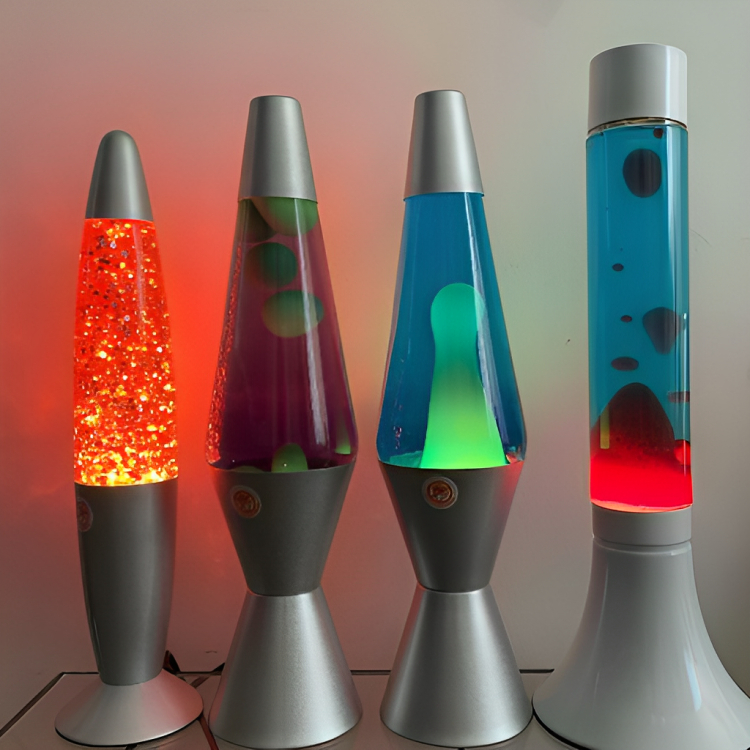
Yes, lava lamps. The neon-colored staple of the eighties and nineties have found new life in software development and cybersecurity. Even though Cloudflare is far from the first company to use lava lamps in their code development, they have found a unique way to apply the method.
A Wall of Randomness
At Cloudflare’s headquarters in San Francisco, they have a wall of lava lamps on display. Each lamp works at its own rate and frequency, allowing for a delightful visual as you walk into the lobby. Their purpose goes beyond how fun they are to look at, though.
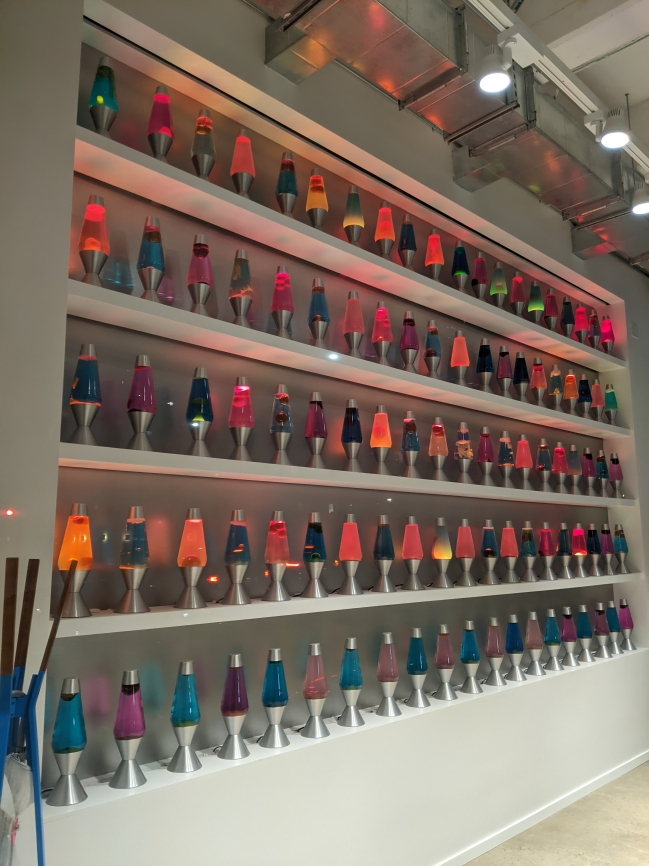
Cloudflare has instituted a system where a camera points at the wall of lava lamps, and interprets the visual data as numbers. Each movement of the lava lamps creates a new variability in the code that the camera program creates, creating a virtually unhackable code for Cloudflare’s consumers.
Not the First Time Lava Lamps Have Been Used
The completely random movement of all the combined lava lamps allows Cloudflare to create what cannot be artificially achieved with mere computers. The flow of the lava in the lamps mimics the unpredictability of nature, allowing Cloudflare’s program to create a more solid base for their cybersecurity software.

Cloudflare is not the first or only company to use this technique with lava lamps. In fact, the technique was originally patented by a company in the 90’s, who allowed the patent to expire in 2001. The use of the method as a boost to internet security is one that is unique to Cloudflare, though.
You Can Visit the Lava Lamps!
Cloudflare is very open about their use of lava lamps, and encourages visitors to come and see the wall. If you go to the Cloudflare headquarters in San Francisco and ask to see the lamps, an employee will take you to the room where they’re all on display.
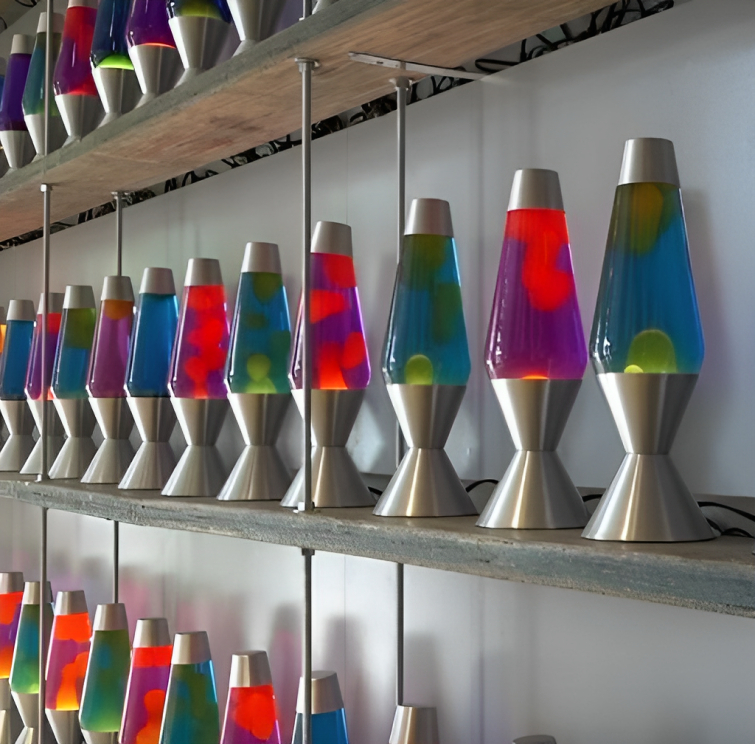
Cloudflare isn’t picky about showing the lamps off due to the nature of the security program. Lava lamps are affected by any sort of external stimulation, meaning that new people coming and going in the room necessitates a change in the pattern. Changes in the pattern results in greater randomness, which results in stronger security for Cloudware consumers.
Security is For Everyone
Software security is a fascinating topic that many feel requires a nuanced understanding of technology. While that’s true in many cases, companies like Cloudware go out of their way to take the challenges of keeping your data safe off your hands.

Even better, they try to make understanding software information accessible. Their openness about their lava lamp wall is one example of their attempts to demystify the world of cybersecurity, and if you have time while in San Francisco, it is a sight that is well worth checking out.






